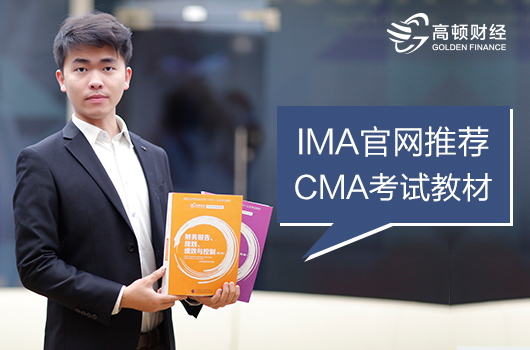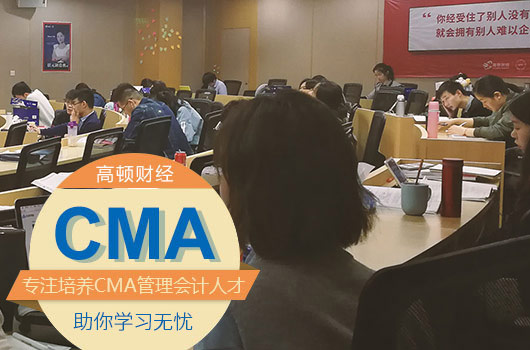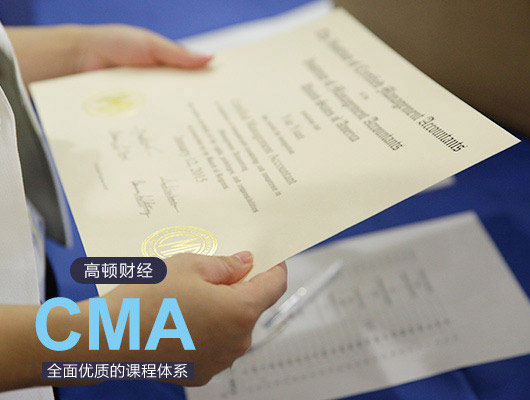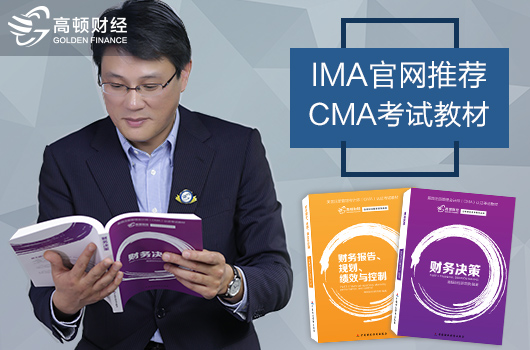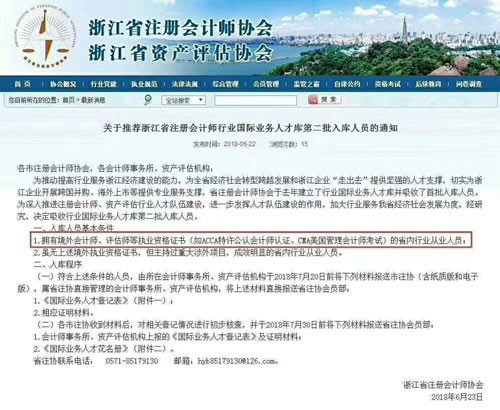随着管理会计越来越重要,同时受到政府和企业的高度重视,从2013年开始,出台了一系列推广管理会计的政策。如果说在此之前,管理会计只是少数企业和组织自发的探索和研究的话,相关部门的主导和推广,则将管理会计发展推向了前所未有的高度和广度,推动了财务会计向管理会计的全面转型。
提到管理会计,就不得不说起CMA,管理会计师证书,新一代财务管理者的国际认证,财务界的“MINI-MBA”。分为中英文两种考试形式,时间不同,就拿2019年CMA考试时间来说吧。
*2019年CMA中文考试三次考试时间都已经确定,上半年一次,下半年两次,时间为:2019年4月13日、7月27日和11月9日。
*2019年CMA英文考试时间:每年有3个考试窗口,每个考试窗口的时间为两个月,分别是:1月/2月,5月/6月,9月/10月。
【注意】
2019年4月13日CMA考试(笔试)现已开始接受注册,本次考试注册及考位预约的截止时间分别如下:
考试注册的截止时间:IMA英文/中文网站2019年2月20日
考位预约及取消的截止时间:普尔文网站2019年2月27日
本次考试在全国共开设24个考点:北京、上海、苏州、成都、西安、青岛、武汉、广州、大连、南京、昆明、济南、深圳、郑州、杭州、天津、合肥、重庆、长沙、南昌、兰州、太原、沈阳和厦门。
下述比重说明了在每部分考试中每个主题的相对权重。标识的级别显示了每部分所涵盖主题的深度和广度。可从我们网站的认证版面下载详细的考试大纲。
Part 1
Financial Reporting,Planning,Performance,and Control
第一部分
财务报告、规划、绩效与控制
A.External Financial Reporting Decisions
(15%)(Level C)
Preparation of financial statements:balance sheet,income statement,statement of changes in equity,statement of cash flows;valuation of assets and liabilities;operating and capital leases;impact of equity transactions;revenue recognition;income measurement;major differences between U.S.GAAP and IFRS.
A.外部财务报告决策
(15%)(C级)
编制财务报表:资产负债表,利润表,所有者权益变动表,现金流量表;资产与负债的计价;经营性租赁和融资租赁;权益性交易的影响;收入确认;收益计量;美国公认会计原则与国际财务报告准则的主要差异。
B.Planning,Budgeting and Forecasting
(30%)(Level C)
Planning process;budgeting concepts;annual profit plans and supporting schedules;types of budgets,including activity-based budgeting,project budgeting,flexible budgeting;top-level planning and analysis;and forecasting,including quantitative methods such as regression and learning curves analysis.
B.规划,预算和预测
(30%)(C级)
规划流程;预算概念;年度利润计划及附表;预算类型,包括作业基础预算,项目预算,弹性预算;顶层规划及分析;财务预测,包括定量法如回归分析法及学习曲线分析。
C.Performance Management
(20%)(Level C)
Factors to be analyzed for control and performance evaluation including revenues,costs,profits,and investment in assets;variance analysis based on flexible budgets and standard costs;responsibility accounting for revenue,cost,contribution and profit centers;key performance indicators;and balanced scorecard.
C.绩效管理
(20%)(C级)
内部控制及绩效考评的财务指标,包括收入,成本,利润及资产投资;基于弹性预算和标准成本的各种差别分析;收益,成本,贡献和利润中心的会计责任;关键绩效指标;以及平衡记分卡。
D.Cost Management
(20%)(Level C)
Cost concepts,flows and terminology;alternative cost objectives;cost measurement concepts;cost accumulation systems including job order costing,process costing,and activity-based costing;overhead cost allocation;supply chain management and business process performance topics such as lean manufacturing,ERP,theory of constraints,value chain analysis,ABM,continuous improvement;and efficient accounting processes.
D.成本管理
(20%)(C级)
成本概念,流程和术语;替换成本目标;成本衡量概念;成本积累系统包括分批成本法、分步成本法和作业成本法;间接成本分摊;供应链管理和业务流程改进主题,如精益生产,企业资源计划(ERP),约束理论,价值链分析,作业管理(ABM),持续改进以及高效的会计流程。
E.Internal Controls
(15%)(Level C)
Corporate governance;internal control risk;internal control environment,procedures,and standards;responsibility and authority for internal auditing;types of audits;assessing the adequacy of the accounting information system controls;and business continuity planning.
E.内部控制
(15%)(C级)
公司管理;内部控制风险;内部控制环境,程序及标准;内部审计的责任与权力;审计类型;会计信息系统控制充分性评估;以及业务连续性计划。
Part 2
Financial Decision Making
第二部分
财务决策
A.Financial Statement Analysis
(25%)(Level C)
Calculation and interpretation of financial ratios;evaluate performance utilizing multiple ratios;market value vs.book value;profitability analysis;analytical issues including impact of foreign operations,effects of changing prices and inflation,off-
balance sheet financing,;and earnings quality.
A.财务报表分析
(25%)(C级)
计算并解释财务比率;利用多项比率评估绩效;市场价值与账面价值对比;获利能力分析;分析性问题包括国外业务影响;物价变动和通货膨胀的影响;资产负债表外融资;以及盈余质量。
B.Corporate Finance
(20%)(Level C)
Types of risk;including credit,foreign exchange,interest rate,market,and political risk;capital instruments for long-term financing;initial and secondary public offerings;dividend policy;cost of capital;raising capital;working capital management;mergers and acquisitions;and international finance.
B.公司财务
(20%)(C级)
风险类型;包括信贷风险、外汇风险、利率风险、市场风险和政治风险;长期融资资本工具;首次公开募股与二次发行;股息政策;资本成本;筹集资本;营运资本管理;并购以及国际融资。
C.Decision Analysis
(20%)(Level C)
Relevant data concepts;cost-volume-profit analysis;marginal analysis;make vs.buy decisions;income tax implications for operational decision analysis;pricing methodologies including market comparables,cost-based and value-based approaches.
C.决策分析
(20%)(C级)
有关数据概念;成本/数量/利润分析;边际分析;自制或外购决策;所得税对经营决策分析的影响;定价方法,包括市场可比数据,以成本为基础和以价值为基础的定价法。
D.Risk Management
(10%)(Level C)
Types of risk including business,hazard,financial,operational,strategic,legal,compliance and political risk;risk mitigation;risk management;risk analysis;and ERM.
D.风险管理
(10%)(C级)
风险的类型,包括企业风险,危害风险,财务风险,营运风险,战略风险,法律风险,合规风险以及政治风险;风险缓解;风险管理;风险分析;以及企业风险管理(ERM)。
E.Investment Decision
(15%)(Level C)
Cash flow estimates;discounted cash flow concepts;net present value;internal rate of return;discounted payback;payback;income tax implications for investment decisions;risk analysis;and real options.
E.投资决策
(15%)(C级)
现金流估计;现金流贴现概念;净现值;内部回报率;折现投资回收期;回收期;投资决策中所得税影响;风险分析;以及实物期权。
F.Professional Ethics
(10%)(Level C)
Ethical considerations for management accounting professionals and for the organization.
F.职业道德
(10%)(C级)
管理会计专业人士以及组织的道德注意事项。
文章来源:高顿,更多CMA资讯,请关注高顿网校,欢迎分享。若需引用或转载请保留此处信息,感谢作者的付出和努力!
